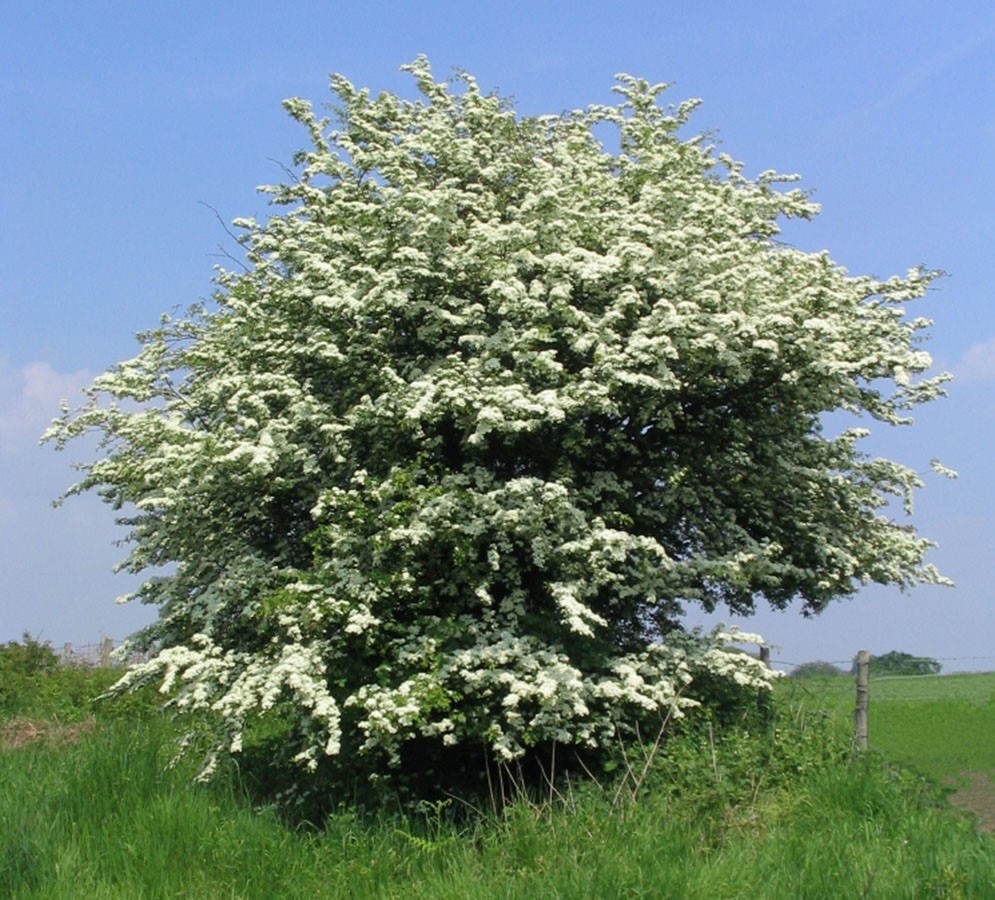Kavkaz do'lanasi

Crataegus caucasica is a shrub or small tree, a species of the genus Crataegus of the Rosaceae family. In nature, the species' range covers Transcaucasia. Endemic. It grows on rocky slopes of mountains and gorges among bushes, as single bushes.
A shrub 2-3 m high, less often up to 5 m, sometimes it grows into a tree up to 7 m high and a trunk diameter of 18 cm. The branches are dark brown, with gray spots; shoots are bare. There are no spines, or there are axillary and leafy spines 0.5-2.5 cm long.
The leaves are broadly ovate, dull, deep green above, slightly lighter below, sparsely pubescent, later glabrous. On flowering shoots, the lower leaves are obovate to elongated, with a wedge-shaped, often narrow, base, from almost entire or coarsely toothed at the apex to three-lobed; the upper ones are up to 6 cm long, up to 6-6.5 cm wide, in outline from broadly ovate to rounded and even elongated in width, with a broadly wedge-shaped or almost cut off or rounded base, five or seven-parted; the lobes are usually wide, less often narrow, the lower ones are usually much larger than the upper ones, all sharp, the upper ones directed upward. Leaves on sterile shoots are 6-6.5 cm long and wide, ovate, seven-parted, almost dissected at the base, often with narrower lobes, with doubly coarsely serrated and incised edges.
Inflorescences are almost equal in length to the leaves, 5-15-flowered, glabrous; pedicels 3-18 mm long; sepals broadly ovate-triangular, suddenly narrowed at the apex into a pointed point or gradually retracted. Corolla up to 2 cm in diameter; stamens 17-20; columns 2, less often 1 or 3.
The fruits are short-ellipsoidal, 10-13 mm in diameter, dark purple, fully ripe - black-violet with light dots and yellow flesh. There are usually 2 seeds.
Flowering in May. Fruiting in October.
Introduced to the Botanical Garden. Crataegus caucasica K.Koch. The seeds of this species were brought from Tibilis, sown in the Botanical Garden by F.N. Rusanov in 1964. In 1965, in the spring, the introduction of these species was sown in the nursery and studied, and in 1968, the exposition was planted in Europe-Crimea-Caucasus. Currently, there are 2 trees growing in this exposition.




